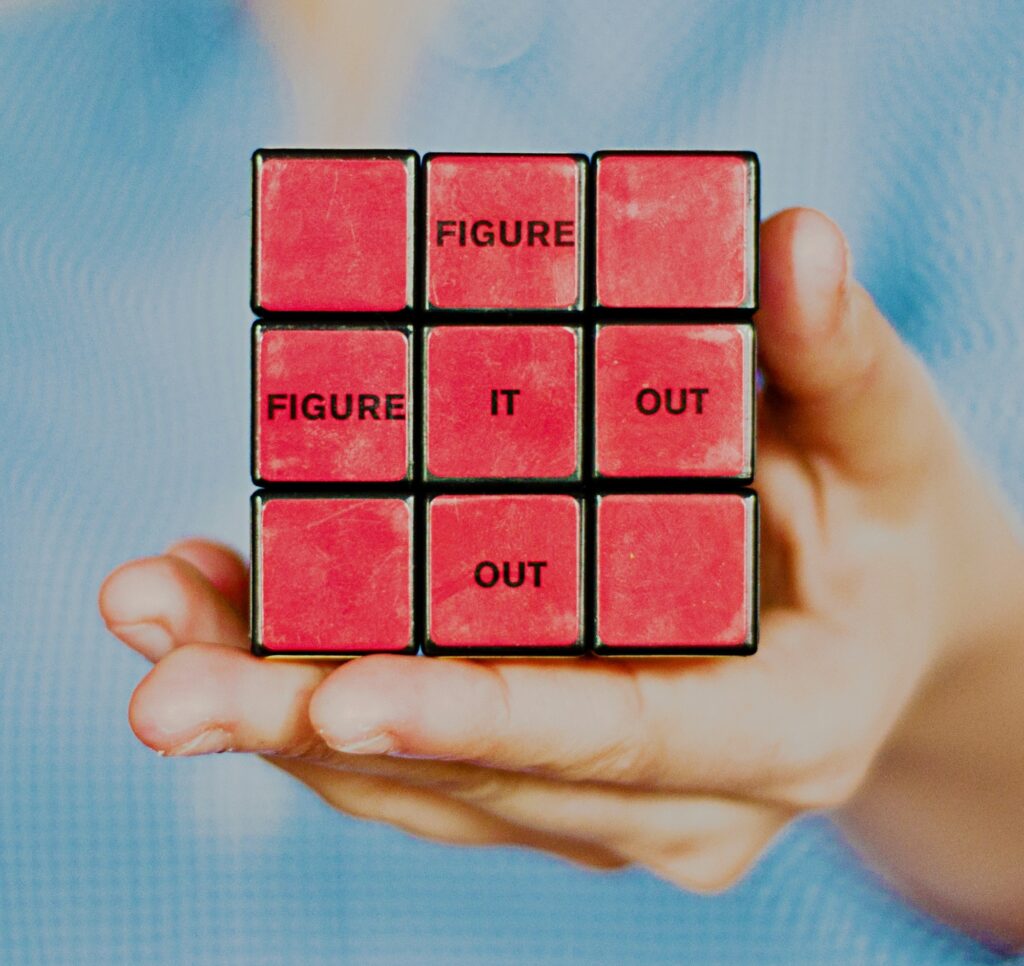The design world thrives on innovation and creativity. But where do these groundbreaking ideas come from? The answer lies in a fundamental skill: problem-solving. It’s not just about finding a solution, but about approaching challenges with a user-centric mindset and a keen eye for detail. This article delves into the world of problem-solving in design, equipping you with the knowledge to tackle any design obstacle.

Design: The Art of Identifying and Solving Problems
At its core, design is all about recognizing a problem and crafting a solution that addresses it. These problems can range from the seemingly simple, like making a shopping cart easier to maneuver, to the highly complex, such as designing a sustainable city infrastructure. The key to successful design problem-solving lies in empathy. Great designers don’t just create solutions; they create solutions that resonate with the users who will interact with them. Through user research techniques like interviews, surveys, and usability testing, designers gain a deep understanding of the user’s needs, wants, and pain points.
Beyond the Obvious: Embracing the Challenge of “Wicked Problems”
Not all design problems are clear-cut. Many design challenges fall into the category of “wicked problems.” These are complex issues with no single “correct” solution. The very act of defining the problem can be influenced by the solution itself. For instance, designing a school lunch program that promotes healthy eating habits while also being budget-friendly and appealing to children is a wicked problem.
So, how do designers tackle these complexities? They embrace them! By using design thinking, a problem-solving framework that emphasizes iterative exploration and testing, designers can navigate the complexities of wicked problems. This framework involves:
- Empathize: Understanding the user’s needs and experiences.
- Define: Clearly articulating the core problem from the user’s perspective.
- Ideate: Brainstorming a wide range of potential solutions.
- Prototype: Creating low-fidelity mockups or simulations of potential solutions.
- Test: Gathering feedback from users on the prototypes and iterating based on their insights.
Through this cyclical process, designers can explore various options, identify potential unintended consequences, and ultimately arrive at a solution that effectively addresses the core challenges.
More Than Just Functionality: The Power of Holistic Design
While problem-solving is crucial, design extends beyond mere functionality. Successful design solutions also consider:
- Aesthetics: Visually appealing design creates a positive user experience and can even evoke emotions.
- Usability: Intuitive and user-friendly design ensures users can easily interact with and accomplish their goals.
- Emotional Impact: A well-designed product or service should not only be functional but also enjoyable and emotionally resonant with its users.
By combining a user-centric approach, a structured problem-solving framework, and a commitment to holistic design, designers can create solutions that not only solve problems but also improve lives.
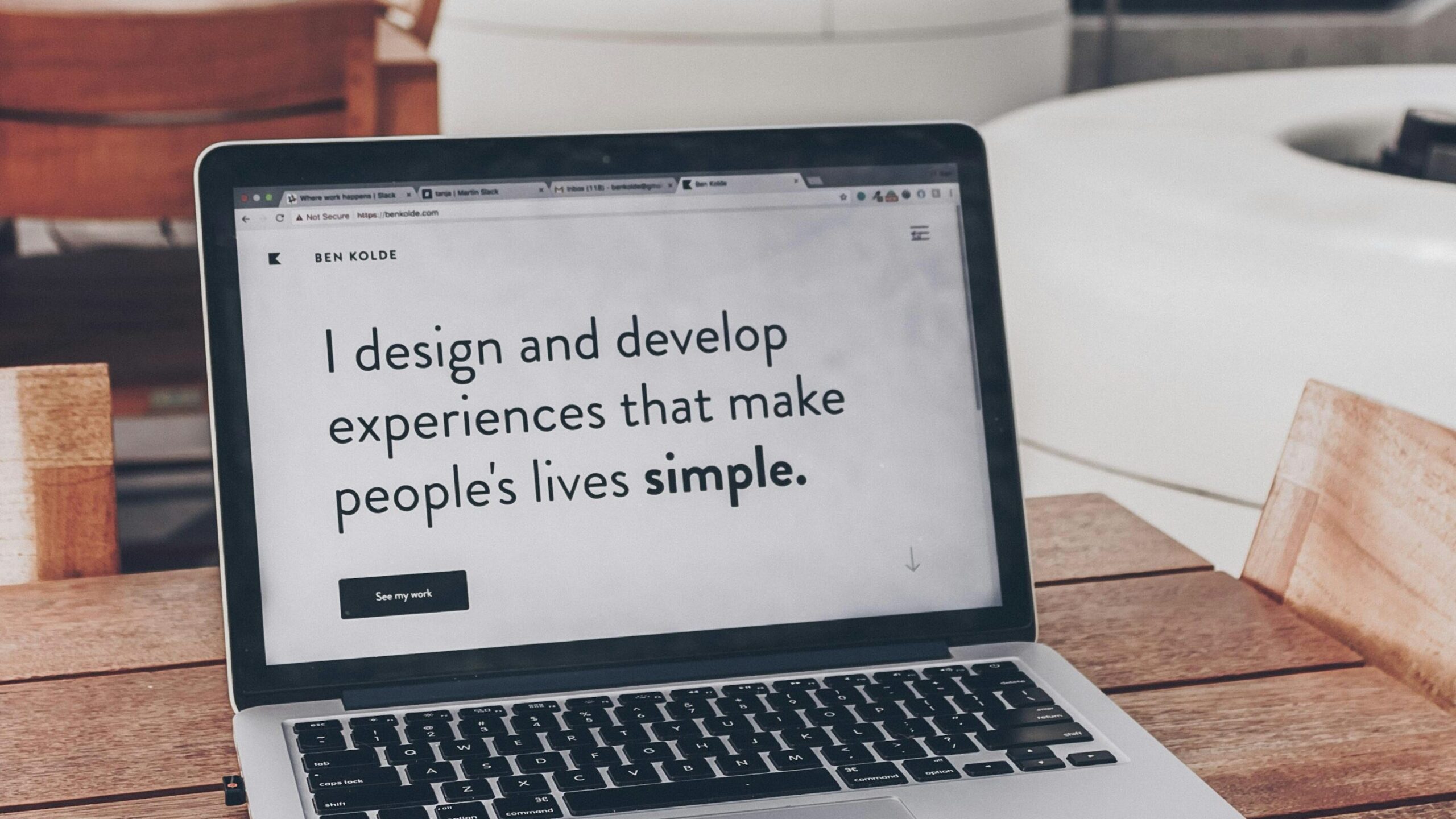
Beyond the User: Considering the Bigger Picture
While user empathy is paramount, successful design problem-solving also requires considering the bigger picture. This includes:
- Business Goals: Design solutions should not only address user needs but also align with the organization’s objectives. A designer might create a beautiful and user-friendly app, but if it doesn’t generate revenue for the company, it might not be a successful solution in the long run.
- Technical Feasibility: Great design ideas need to be grounded in reality. Designers must collaborate with engineers and developers to ensure their solutions can be translated into functional products within the constraints of existing technology and resources.
- Sustainability: In today’s world, responsible design practices are crucial. Designers should consider the environmental impact of their solutions throughout the product lifecycle, from material selection to end-of-life disposal.
Tools of the Trade: Essential Resources for Design Problem-Solvers
The design problem-solving toolbox is brimming with resources to aid creativity and efficiency. Here are a few key tools:
- User Research Tools: Surveys, interviews, user testing platforms, and eye-tracking software all provide valuable insights into user behavior and pain points.
- Mind Mapping and Brainstorming Tools: Digital whiteboards, mind mapping software, and collaborative online platforms help designers visually organize ideas and generate a wider range of potential solutions.
- Prototyping Tools: From low-fidelity paper prototypes to high-fidelity interactive mockups, prototyping tools allow designers to quickly create testable representations of their ideas, fostering early user feedback.
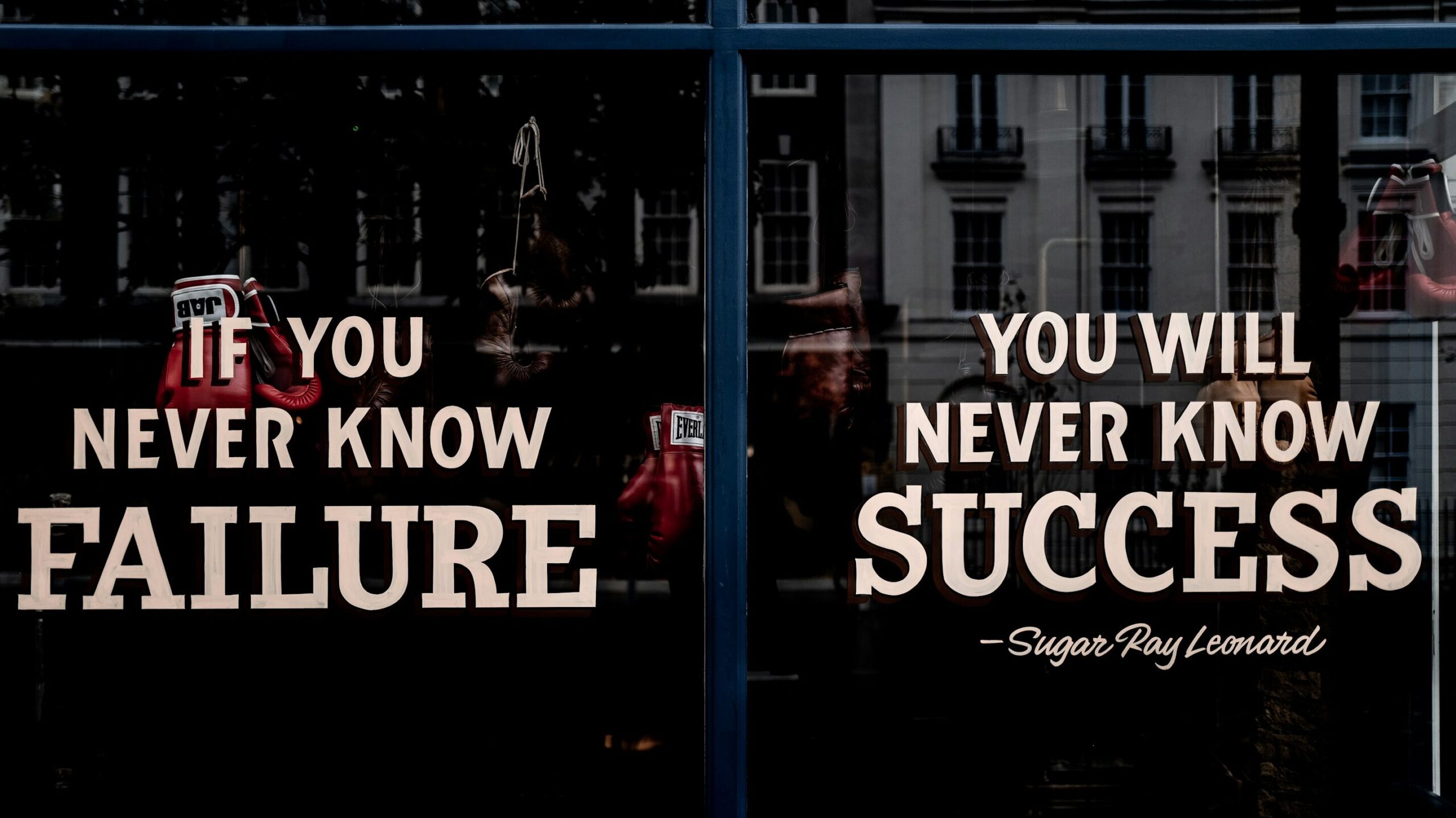
The Importance of Failure: Embracing Iteration
The design process is rarely linear. In reality, it’s an iterative cycle of exploration, testing, and refinement. This means that failure is not the enemy; it’s a valuable learning opportunity. By testing solutions with users early and often, designers can identify flaws, gather feedback, and iterate on their ideas. This willingness to embrace failure and adapt is what leads to truly innovative and successful design solutions.
The Evolving Landscape of Design Problem-Solving
The world of design is constantly evolving, driven by technological advancements and shifting user needs. Here are some emerging trends that are impacting design problem-solving:
- Design for Emerging Technologies: From virtual reality (VR) to artificial intelligence (AI), new technologies are presenting designers with exciting challenges and opportunities. Designers must develop new skills and approaches to create user-centered experiences in these uncharted territories.
- Data-Driven Design: With the ever-growing availability of user data, design decisions can be informed by more than just intuition. Data analysis can help designers identify user patterns, optimize layouts for better engagement, and ultimately create more effective solutions.
- The Rise of User Experience (UX) Design: As user experience becomes a top priority across industries, the field of UX design is booming. This specialization focuses on creating seamless and enjoyable user journeys, and its principles are increasingly being integrated into broader design problem-solving approaches.
By staying informed about these trends and embracing a lifelong learning mindset, designers can ensure they possess the necessary skills to tackle the challenges of tomorrow.
Building a Collaborative Problem-Solving Mindset
Design problem-solving is rarely a solitary endeavor. The most successful design solutions often come from the collective efforts of a team with diverse skillsets. Here’s how to foster a collaborative approach:
- Cross-Functional Collaboration: Designers should work closely with researchers, engineers, product managers, and marketing teams. Each team member brings a unique perspective to the table, leading to more well-rounded solutions.
- Effective Communication: Clear and concise communication is essential for a successful design team. Regular brainstorming sessions, design critiques, and user research presentations ensure everyone is on the same page and can provide constructive feedback.
- Building Empathy for Teammates: Just as designers need to empathize with users, they should also strive to understand their colleagues’ perspectives. This fosters a more supportive and collaborative environment where everyone feels comfortable sharing ideas.
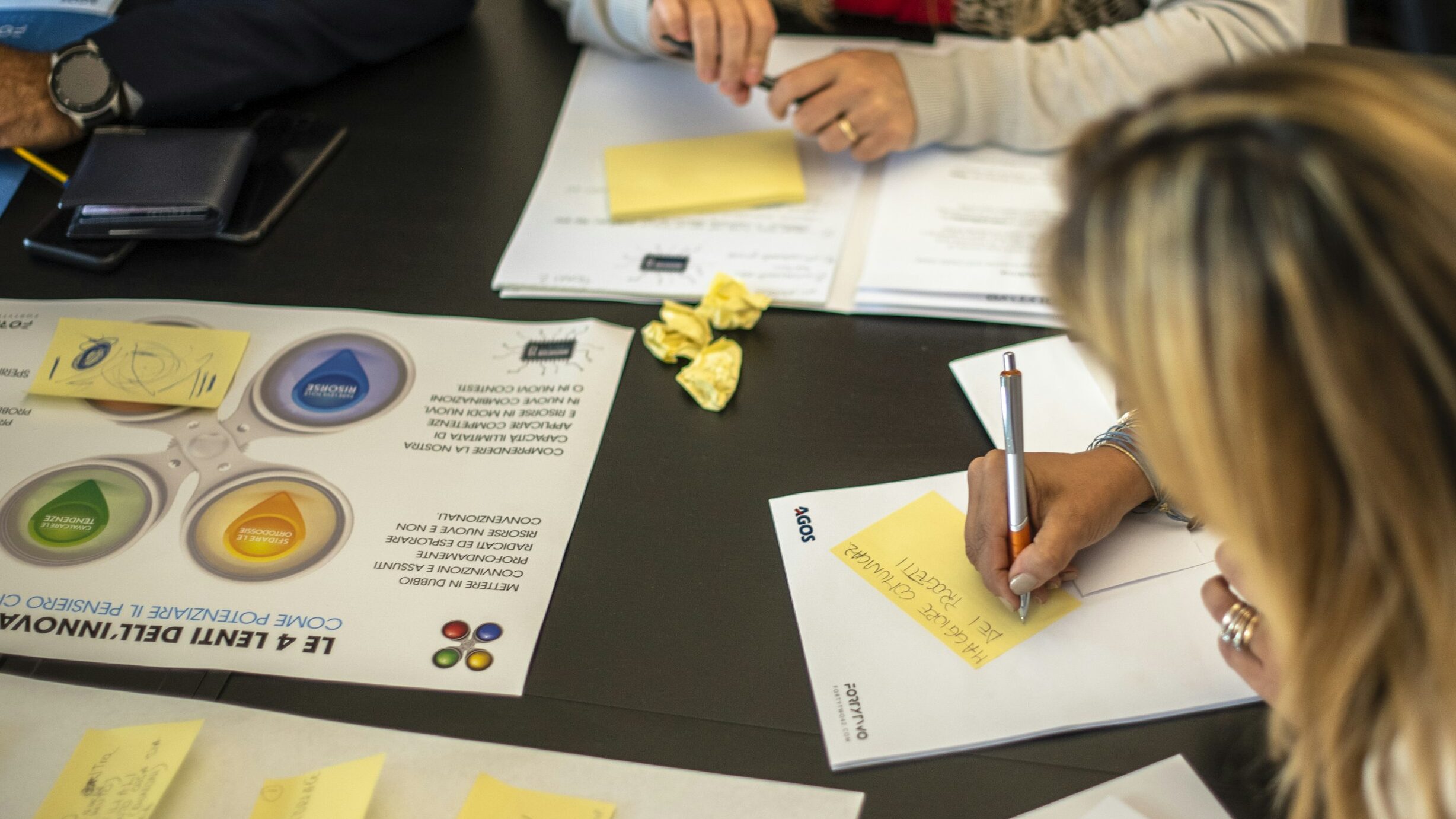
Beyond the Studio Walls: The Power of User Co-Creation
Involving users directly in the design process, also known as co-creation, can lead to more innovative and user-centric solutions. Here are some ways to incorporate user co-creation:
- Design Thinking Workshops: Engaging users in design thinking workshops allows them to actively participate in brainstorming solutions and testing prototypes. This can lead to a deeper understanding of user needs and unexpected solutions.
- Crowdsourcing Platforms: Online platforms like UserTesting and IdeoTap allow designers to gather feedback and ideas from a wider pool of users, geographically dispersed.
- Beta Testing Programs: Inviting users to test early versions of a product allows them to provide valuable feedback before its official launch. This can help identify usability issues and ensure the final product truly meets user needs.
The Importance of Storytelling in Design Problem-Solving
Design solutions are more likely to gain traction and support if they are presented in a compelling way. Storytelling allows designers to communicate the “why” behind their solutions, not just the “what.”
- Crafting a Narrative: By weaving a narrative around the problem and its proposed solution, designers can connect with stakeholders on an emotional level and garner support for their ideas.
- Visual Storytelling: Using data visualizations, infographics, and compelling prototypes, designers can effectively communicate complex ideas in an engaging way.
- The Power of Empathy: Storytelling allows designers to evoke empathy for the users they are designing for. This can be a powerful tool for persuading stakeholders to invest in user-centered solutions.
Breaking Down Silos: Design Thinking for Social Impact
The power of design thinking extends far beyond creating trendy products. Designers are wielding their skills to tackle critical issues like poverty, healthcare access, and environmental sustainability, ushering in a new era of social innovation. This approach helps craft solutions that address complex social problems, ultimately improving lives. However effective social design requires a deep understanding of the community. By actively engaging with the people they’re trying to help, designers can ensure their solutions are culturally relevant, sustainable, and truly address the needs of the community. And lastly, measuring the impact of these solutions is crucial. It allows designers to demonstrate their effectiveness and secure funding for future projects that create positive change.
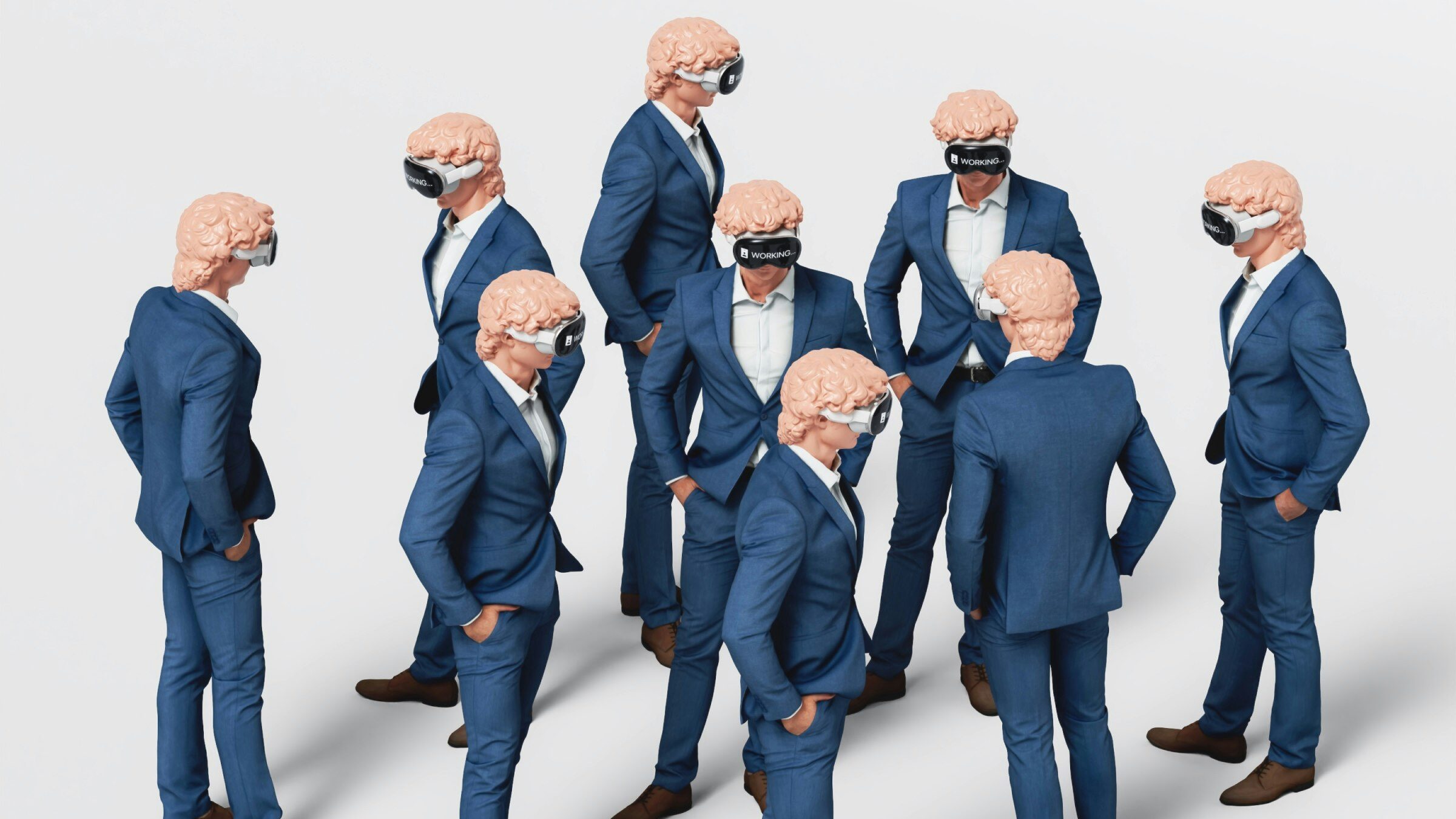
The Future of Design Problem-Solving: Embracing New Tools and Technologies
As technology continues to evolve, so too will the tools and techniques used for design problem-solving. Here are some exciting advancements on the horizon:
- Artificial Intelligence (AI) in Design: AI can assist designers in various ways, from automating repetitive tasks to generating design variations and analyzing user data to identify patterns. However, AI should be seen as a tool to augment human creativity, not replace it.
- Augmented Reality (AR) and Virtual Reality (VR) in Prototyping: AR and VR offer designers new ways to create realistic and immersive prototypes, allowing for more user testing and feedback before physical products are even produced.
- Biometric Design: By incorporating biometric data like heart rate and brain activity into user testing, designers can gain deeper insights into user experience and emotional response to design solutions.
By embracing these new tools and technologies, designers can stay at the forefront of problem-solving and continue to create innovative solutions that shape a better future.

A Continuous Journey of Learning and Growth
Design problem-solving is a never-ending loop of learning, exploration, and adaptation. Mastering core principles and fostering collaboration empowers designers to tackle complex challenges. Cutting-edge tools and technologies fuel impactful solutions. But this journey demands lifelong learning.
Online courses, industry publications, and conferences keep designers informed about design thinking, software, and trends. By persistently sharpening their skills and staying informed, designers can conquer design complexities and shape a user-centric future.
Related Posts:
Unveiling the Magic: UI vs. UX Design
Integrating Psychology for Superior User Experience
AI and UX Design in a Digital Renaissance
